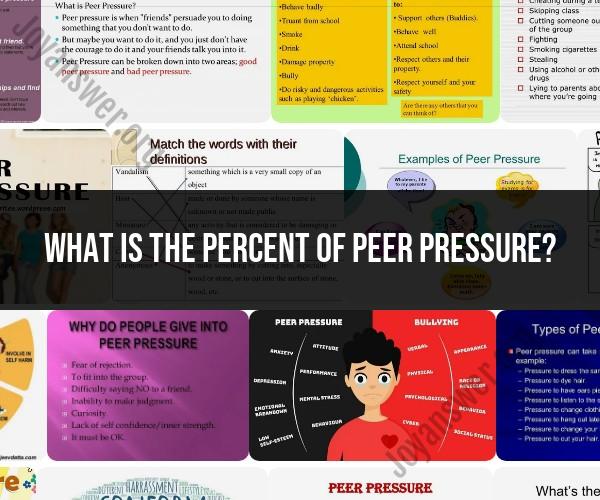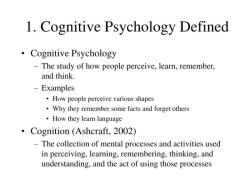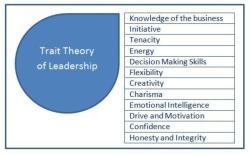What is the percent of peer pressure?
Peer pressure refers to the influence that individuals within a peer group exert on one another to conform to certain behaviors, attitudes, or actions. Peer pressure can have both positive and negative effects on individuals, depending on the nature of the influence and the context in which it occurs. Analyzing the percentages of peer pressure and its effects involves understanding various aspects of this phenomenon:
1. Positive Peer Pressure:Positive peer pressure can encourage individuals to make beneficial choices, adopt healthy habits, and engage in constructive activities. For example, friends encouraging each other to participate in sports, study for exams, or volunteer for community service can have positive effects on personal growth and development.
2. Negative Peer Pressure:Negative peer pressure involves pushing individuals to engage in behaviors that are harmful, risky, or detrimental to their well-being. This can include activities like substance abuse, skipping school, engaging in delinquent behavior, or participating in dangerous challenges.
3. Age Groups and Influence:Peer pressure can vary based on age groups. Adolescents and teenagers are often more susceptible to peer influence due to the significance of peer relationships during this period of development. However, peer pressure can also affect adults, particularly in social and professional settings.
4. Societal and Cultural Factors:Societal norms and cultural values play a role in shaping the types of behaviors that are subject to peer pressure. Certain cultures may place more emphasis on conformity, while others prioritize individuality.
5. Social Media and Technology:The rise of social media and digital communication has extended the reach of peer pressure beyond physical interactions. Online platforms can amplify positive and negative influences, affecting individuals' self-esteem, body image, and lifestyle choices.
6. Resistance and Resilience:Individuals vary in their ability to resist negative peer pressure. Some individuals are more resilient and can assert their own values and decisions, while others may struggle to resist the influence of their peers.
7. Long-Term Effects:Peer pressure during formative years can impact an individual's self-esteem, self-identity, and future choices. Positive experiences can contribute to personal growth, while negative experiences can lead to regret, emotional distress, and even long-term consequences.
8. Education and Awareness:Educational programs and awareness campaigns can help individuals recognize and navigate peer pressure. Teaching skills like assertiveness, critical thinking, and decision-making can empower individuals to make choices aligned with their values.
9. Positive Peer Groups:Being part of positive peer groups that support healthy behaviors and shared interests can provide a buffer against negative peer pressure. These groups can encourage personal growth, collaboration, and mutual respect.
10. Parental and Adult Guidance:Strong relationships with parents, guardians, and trusted adults can provide a support system that helps individuals resist negative peer pressure. Open communication and guidance play a crucial role in helping individuals make informed decisions.
Analyzing the percentages of peer pressure and its effects requires considering various factors that influence individuals' choices and behaviors. It's important to recognize the potential impacts of peer pressure, foster healthy relationships, and provide resources that empower individuals to make positive decisions.












